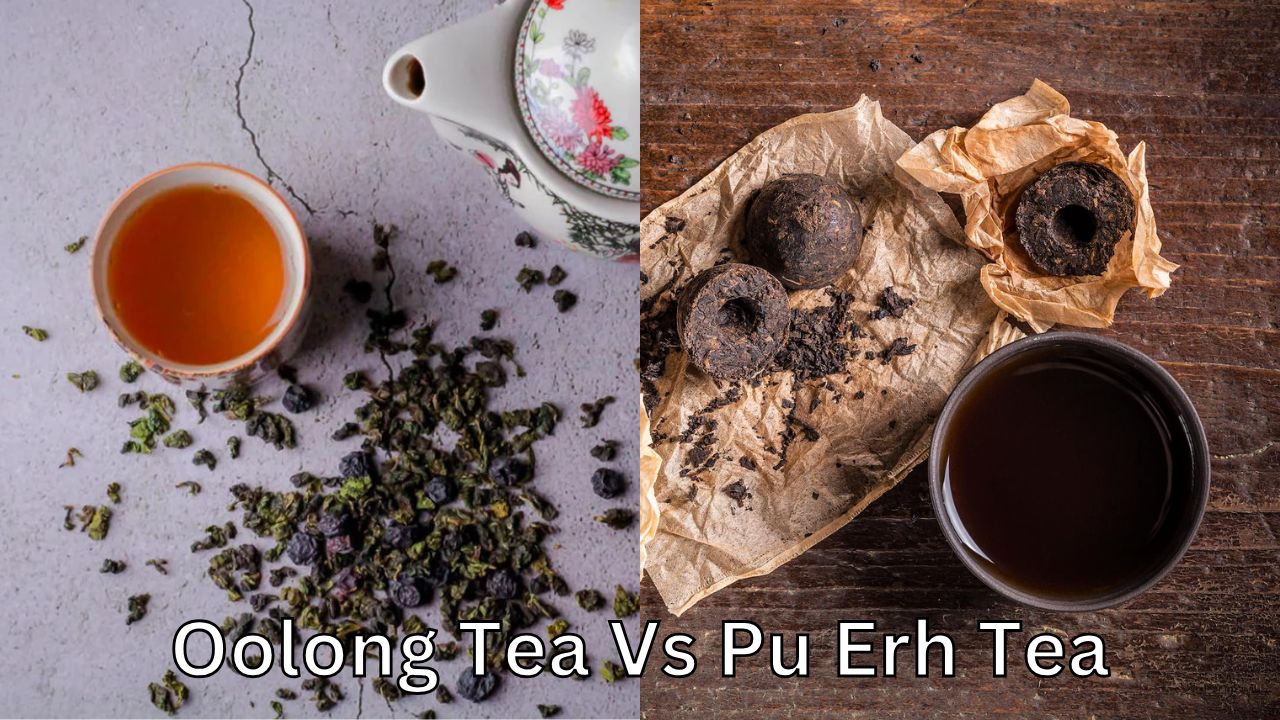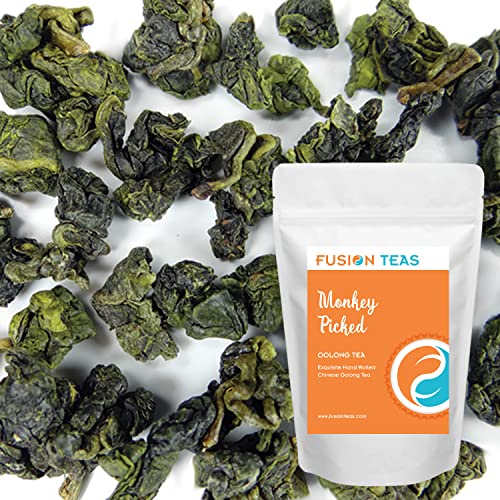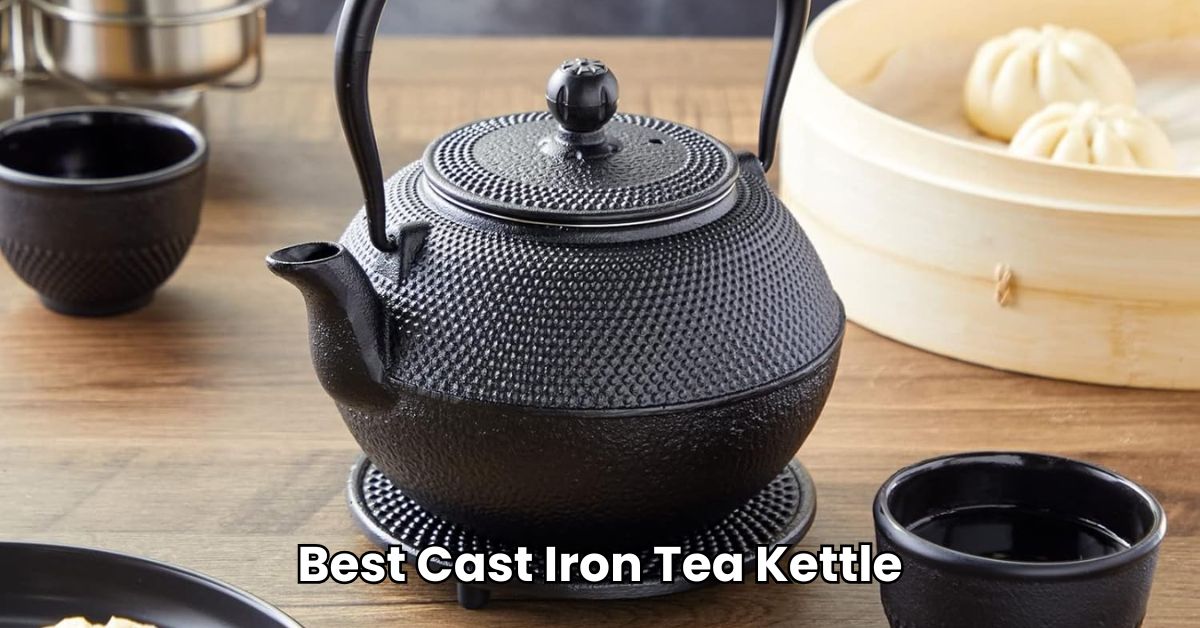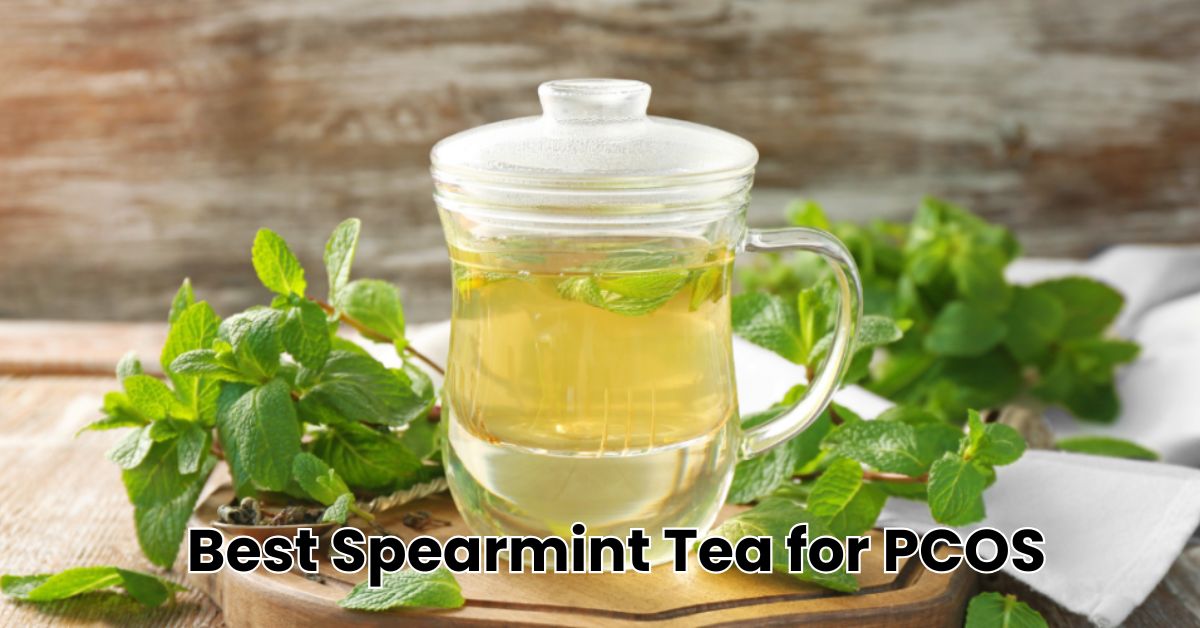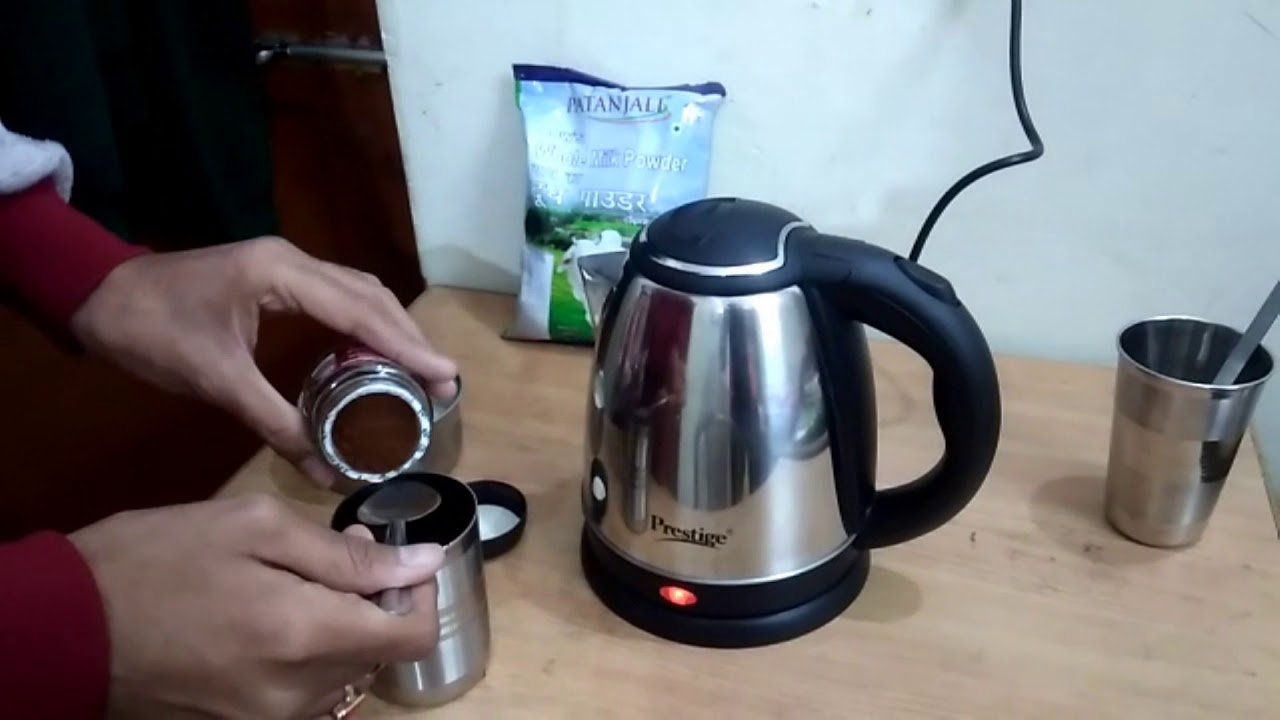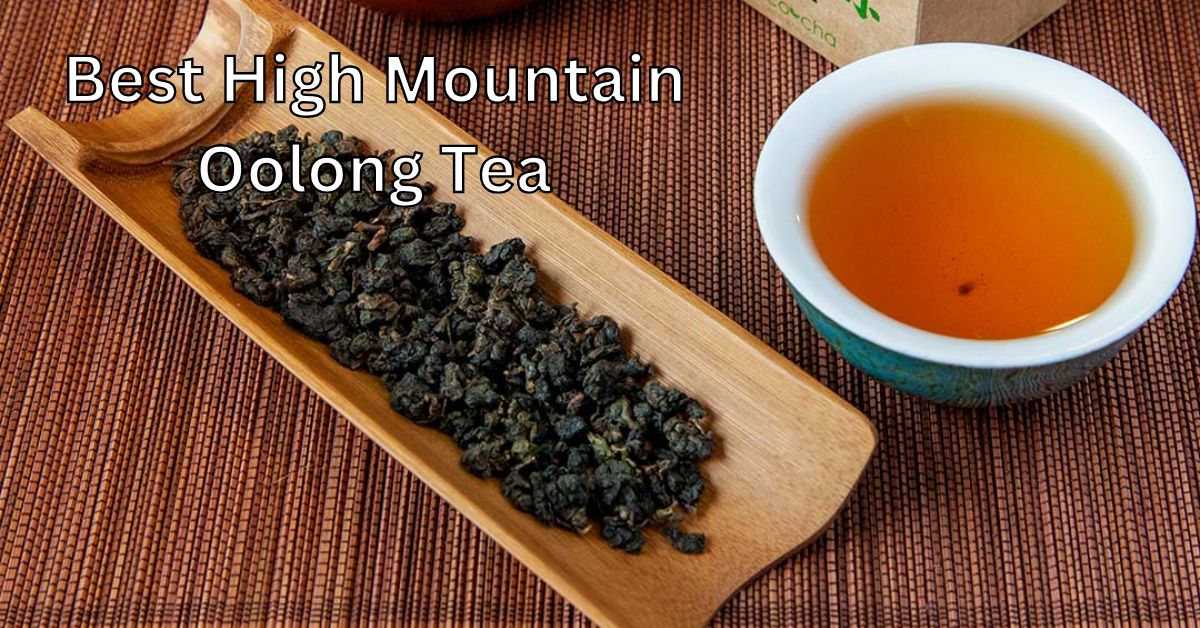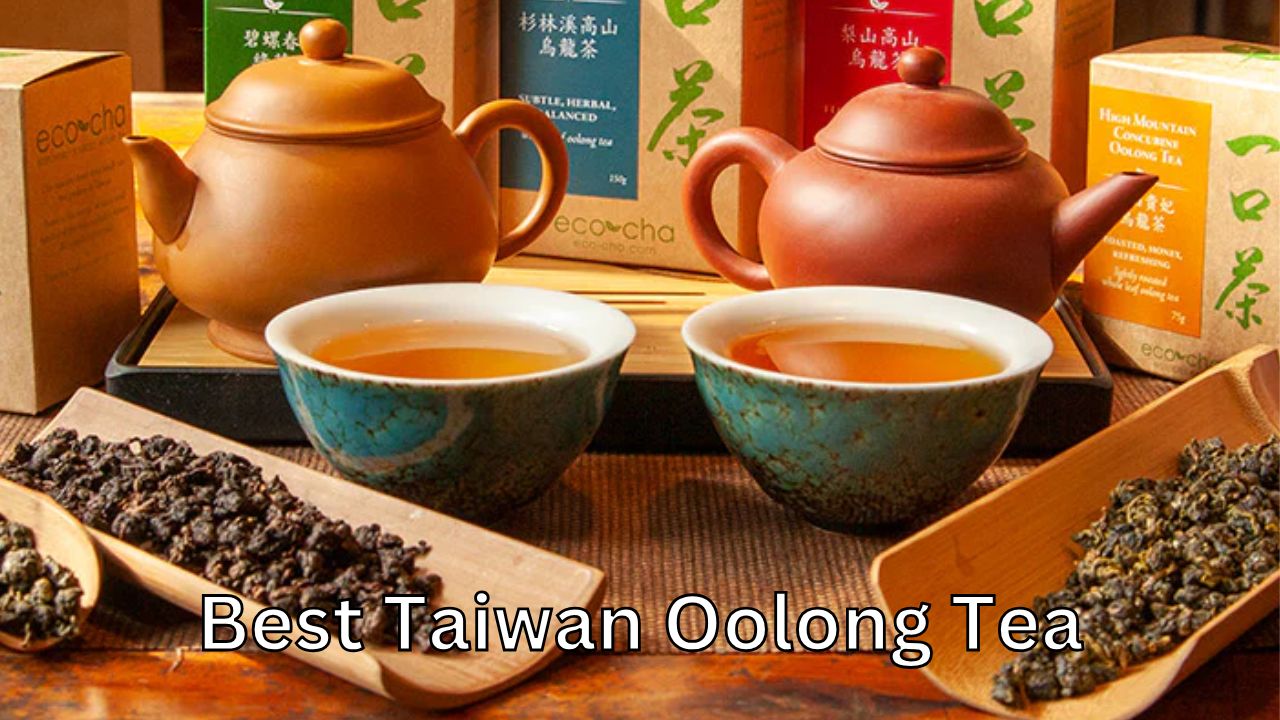Oolong tea and Pu Erh tea are both popular types of tea. Each offers unique flavors and health benefits.
Comparing Oolong tea and Pu Erh tea helps tea lovers choose the best option for their needs. Oolong tea, known for its floral and fruity notes, is semi-oxidized. This gives it a unique taste between green and black tea. Pu Erh tea, on the other hand, is fermented, leading to a rich, earthy flavor.
Understanding the differences between these teas can help you make an informed choice. This comparison will explore their origins, processing methods, health benefits, and flavor profiles. By the end, you’ll have a clearer idea of which tea suits your taste and lifestyle better.
Oolong Tea Basics
Oolong tea is a unique type of tea. It falls between green and black tea in oxidation levels. This tea offers a wide range of flavors and aromas. Let’s explore its origins, processing methods, and flavor profile.
Origins
Oolong tea originated in China. The Fujian and Guangdong provinces are famous for producing high-quality oolong tea. Taiwan is also well-known for its oolong teas. Each region has its own unique varieties and flavors.
Processing Methods
Oolong tea undergoes a complex process. The steps include:
- Withering
- Oxidation
- Bruising
- Rolling
- Firing
The level of oxidation varies from 8% to 85%. This creates a wide range of flavors. Leaves are often bruised by shaking or tumbling. This process releases enzymes that help develop the tea’s flavor. Rolling shapes the leaves and further enhances their flavor. Finally, the leaves are fired to stop oxidation.
Flavor Profile
Oolong tea offers a diverse flavor profile. It can be sweet and fruity, or rich and toasty. Some types have floral notes, while others have a creamy texture. The flavor depends on the level of oxidation and the region where it’s grown.
Here are some common flavor notes:
| Oxidation Level | Flavor Notes |
|---|---|
| Low (8-20%) | Fresh, Floral, Light |
| Medium (20-50%) | Fruity, Sweet, Complex |
| High (50-85%) | Rich, Toasty, Bold |
Experiment with different types of oolong tea. You may find a new favorite flavor!
Pu Erh Tea Basics
Pu Erh tea, a unique and ancient tea, offers a rich and earthy experience. This tea stands out due to its special fermentation process. Let’s dive into the basics of Pu Erh tea.
Origins
Pu Erh tea comes from Yunnan province in China. This region is known for its ideal climate and soil. Here, tea cultivation has a long history. The locals have been making Pu Erh tea for centuries.
Fermentation Process
Pu Erh tea undergoes a unique fermentation process. There are two types: raw (sheng) and ripe (shou). Raw Pu Erh is naturally aged over time. Ripe Pu Erh is fermented quickly using a special technique. This process can last from a few months to several years.
Flavor Profile
Pu Erh tea has a complex flavor. Raw Pu Erh tastes fresh and slightly astringent. Ripe Pu Erh has a deep, earthy taste. Both types can develop new flavors as they age. Many people enjoy the rich and smooth texture. The tea’s aroma is also unique and inviting.
Health Benefits Of Oolong Tea
Oolong tea offers various health benefits, including improved metabolism and heart health. Compared to Pu Erh tea, it has a lighter flavor and can aid in weight loss. Enjoy a cup of oolong tea for a refreshing and healthy beverage option.
Oolong tea offers many health benefits. From antioxidants to weight loss and heart health, it supports your well-being. Let’s explore these benefits.
Antioxidants
Oolong tea is rich in antioxidants. These compounds help fight free radicals. Free radicals can damage cells in your body. Antioxidants protect your cells and support overall health.
Weight Loss
Oolong tea can aid in weight loss. It increases your metabolism. A higher metabolism helps burn more calories. Drinking oolong tea may help you manage your weight better.
Heart Health
Oolong tea benefits your heart. It helps lower bad cholesterol levels. Lower cholesterol means a healthier heart. Drinking oolong tea can also improve blood circulation. This reduces the risk of heart disease.
Health Benefits Of Pu Erh Tea
Pu Erh tea is a unique type of fermented tea from China. It is known for its deep, rich flavor. Besides its taste, Pu Erh tea boasts many health benefits. Let’s explore some of these benefits.
Digestive Aid
Pu Erh tea can help improve digestion. It contains enzymes that aid in breaking down fats. This makes it easier for your body to process food. Drinking Pu Erh tea after meals may reduce bloating and discomfort.
Cholesterol Reduction
Studies show Pu Erh tea can lower bad cholesterol. It helps increase good cholesterol. This can improve heart health. Regular consumption of Pu Erh tea may reduce the risk of heart disease.
Energy Boost
Pu Erh tea provides a gentle energy boost. It has caffeine but not as much as coffee. This makes it a great choice for those who need a mild pick-me-up. It can help you stay alert without the jitters.
Brewing Techniques
Brewing techniques greatly influence the flavor and aroma of tea. Each type of tea has unique methods for the best taste. Oolong tea and Pu Erh tea have distinct brewing techniques. Let’s explore how to brew each to perfection.
Oolong Tea Brewing
Oolong tea requires a specific temperature and brewing time. Use water heated to 185°F to 205°F. Pour the hot water over the tea leaves. Steep for 3 to 5 minutes. For stronger flavor, increase steeping time slightly.
Use a teapot or an infuser for best results. Pre-warming the teapot enhances the tea’s aroma. Rinse the leaves with hot water before brewing. This step awakens the leaves, releasing their full flavor potential.
Pu Erh Tea Brewing
Pu Erh tea has a unique preparation process. Use boiling water at 212°F. Rinse the tea leaves first. Discard the first brew. This step removes impurities and prepares the leaves.
Steep the leaves for 3 to 4 minutes. Adjust the time based on desired strength. Use a gaiwan or a clay teapot for a traditional experience. Multiple infusions are common with Pu Erh tea. Each infusion reveals different flavor profiles.
Taste Comparison
Oolong tea and Pu Erh tea are both beloved for their unique tastes. But they differ significantly. Let’s dive into how these two teas compare in terms of aroma, flavor notes, and mouthfeel.
Aroma
Oolong tea has a floral and sometimes fruity aroma. It can remind you of orchids or peaches. This scent is delicate and inviting.
Pu Erh tea has a rich, earthy aroma. Some describe it as mossy or even forest-like. This scent is robust and grounding.
Flavor Notes
Oolong tea offers a complex range of flavors. You might taste notes of honey, fruit, or flowers. The flavor can be both sweet and slightly bitter.
Pu Erh tea provides deep, earthy flavors. It can have hints of mushroom, wood, or even leather. The taste is smooth and mellow.
Mouthfeel
Oolong tea has a light to medium body. It feels smooth and silky on the tongue. The finish is often clean and refreshing.
Pu Erh tea has a thicker, more robust body. It feels velvety and rich. The finish can be long-lasting and satisfying.
Choosing The Right Tea
Exploring tea options? Oolong tea offers a rich, floral taste while Pu Erh tea boasts earthy, bold flavors. Choose based on your preferred taste and health benefits.
Choosing the right tea can be a delightful journey. Oolong and Pu Erh teas offer unique flavors and benefits. Personal preferences, occasions, and pairings play a significant role in the decision-making process.
Personal Preferences
Personal preferences matter most. Oolong tea has a floral, sometimes fruity taste. It can range from light to dark. Pu Erh tea has a rich, earthy flavor. It often appeals to those who enjoy bold tastes. Consider your flavor preference. Do you like floral or earthy tones?
Occasions
Occasions impact your choice of tea. Oolong tea suits afternoon relaxation. Its lighter taste feels refreshing. Pu Erh tea is perfect for mornings. Its strong, deep flavor can wake you up. Think about the time of day and the mood you want.
Pairings
Pairings enhance the tea experience. Oolong tea pairs well with light foods. Try it with salads or fruit. Pu Erh tea complements heavier meals. It goes well with meats and rich dishes. Consider what you will eat with your tea. Matching flavors can elevate your enjoyment.

Frequently Asked Questions: Oolong Tea Vs Pu Erh Tea
What Is The Difference Between Oolong And Pu Erh Tea?
Oolong tea is partially fermented, offering a range of flavors from floral to nutty. Pu Erh tea is fully fermented, known for its earthy, rich taste and potential health benefits.
Which Tea Is Healthier, Oolong Or Pu Erh?
Both teas have health benefits. Oolong tea aids in weight management and heart health. Pu Erh tea helps with digestion and cholesterol levels.
Can I Drink Oolong And Pu Erh Tea Daily?
Yes, you can drink both daily. They offer unique health benefits and flavors. However, moderation is key due to their caffeine content.
How Do Oolong And Pu Erh Teas Taste?
Oolong tea has a diverse flavor profile ranging from floral to toasty. Pu Erh tea has a strong, earthy, and sometimes sweet flavor.
Conclusion
Oolong and Pu Erh teas offer unique benefits and flavors. Oolong provides a lighter, floral taste. Pu Erh offers a deep, earthy flavor. Both teas aid digestion and boost metabolism. Choosing between them depends on your preference. Want a milder tea?
Go for Oolong. Prefer a robust flavor? Pick Pu Erh. Enjoy experimenting with both. Discover which suits your taste buds best. Happy tea tasting!

